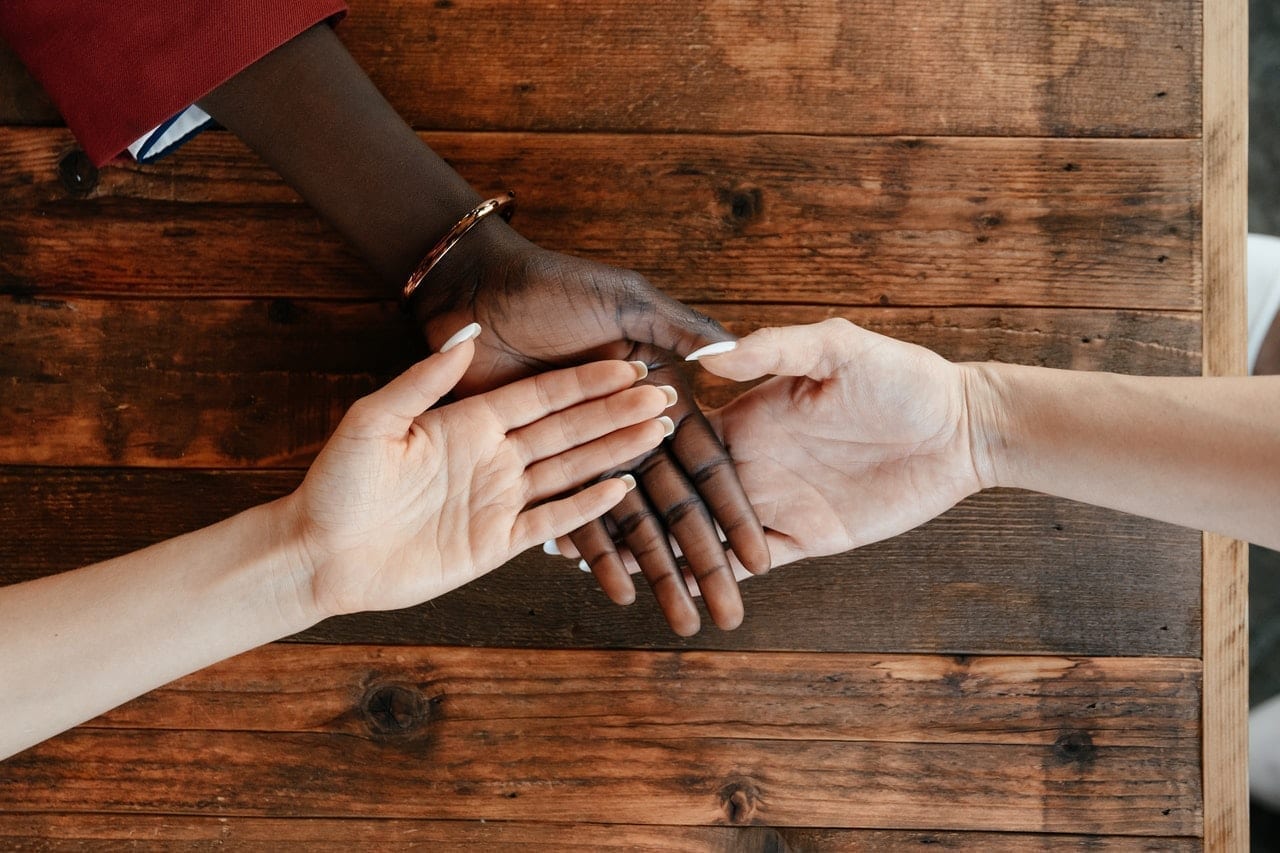Restorative Justice is the process of addressing harm after conflict. Conflicts can be as small as a misunderstanding or miscommunication or as big as hurting a person physically, emotionally, or financially. Restorative Justice brings together all parties of conflict with a trained facilitator. The goal is to address, repair, and prevent the harm that crime causes.
How does Restorative Justice work?
The concept works alongside the criminal justice system but looks different everywhere. The process allows everyone impacted by the conflict to share their experience. It asks what community members need to repair the harm and to prevent it from happening again.
While courts seek punishment for crime without talking to the parties, Instead, Restorative Justice allows the parties to establish collective agreements that repair and prevent rather than punish. One way that facilitators can use this process with incarcerated people and people accused of crimes is through “circles.” Circles are opportunities for victims of crime, probation officers, public defenders, state attorneys, and the community work together to initiate the Restorative Justice process.
How do you get started on the process?
To start, you just have to ask. Often, your attorney will know where to begin. However, if your attorney is unable to tell you about Restorative Justice, you can research or ask your family to research if any organizations in your city facilitate circles. If no one inside your community does, you can reach out to facilitators in other states or cities. Some facilitators will travel or may know someone in your area.
What are the components of Restorative Justice?
There are three parts to the process.
- PreCircle
- Circle
- Agreements
What is the PreCircle?
During the PreCircle, the facilitator contacts all parties separately. The only requirement is that everyone must be willing to participate, and everyone has to agree that they want to make things “better.”
During the Restorative Justice circle, the facilitator guides the process by asking four questions.
- What happened?
- Who was impacted and how?
- What is needed to repair the harm?
- What’s needed to prevent this from happening again?
If each party is comfortable with coming together to make things better, the facilitator will schedule a day and time for the big Circle. Where you have the Circle can vary. Usually, a Circle can last up to four hours. Sometimes it can take multiple meetings to reach an agreement.

Do all Circles end in an agreement?
No. Restorative Justice focuses on the process. Instead, those impacted by harm create the outcome.
Circles do not always end with an agreement. Everyone who is a part of the Circle, including the facilitator, can end the process at any time. In addition, not all courts will consider Restorative Justice for the outcome of the case. Sometimes, people go through the process simply for healing, understanding, and peace.
How do you measure the success of a Circle?
The success of a Circle isn’t determined by everyone becoming friends. Nor is it measured by whether or not a person is not charged or allowed out of incarceration. Instead, a Circle is successful when the victim and offender make one agreement. If people reach an agreement during a Circle, the facilitator writes out the agreement. After that, everyone signs. This agreement will reflect what has been decided to repair and prevent.
Some courts that acknowledge Restorative Justice will consider a successful Circle to lessen a sentence or drop charges. Sometimes, Restorative Justice can be a term of your probation. However, each court is different. The parties in the Circle decide the agreements. The court can only determine a sentence.
Who should you talk to about starting a Circle?
If you are in prison and interested in a Restorative Justice Circle to repair and prevent harm, you can reach out to a facilitator and ask how you can use Restorative Justice. If you are able to have a Circle, you can use this to support a clemency application. It may also help in other types of proceedings that affect your sentence.
Restorative Justice will happen only if the victim in your case is willing to participate. However, you should never contact the victim in your case or ask your family to do so. Only the facilitator can do this. With COVID-19, there is a strong possibility that a Circle may not be able to happen in person, but your facilitator is the one who can work with you, the institution, and people outside to see what the possibilities are.
If the victim in your case is no longer alive or wishes not to participate, there may be a family member of the victim who is willing to act as a surrogate or the facilitator may do so. Most importantly, the only rule of Restorative Justice is that everyone be willing and that they only participate to make things better. Above all, Restorative Justice is a tool for healing, repair, and prevention. It is the process, not the outcome. Restorative Justice always begins with asking.
Who can I contact about Restorative Justice?
You can contact these organizations for more information on Restorative Justice.
The River Phoenix Center for Peacebuilding
ATTN: Jeffrey Wiesberg
2603 NW 13th Street
Gainesville, FL 32609
ATTN: Gretchen Casey
3605 NW 12th Street
Gainesville, FL 32609
National Association of Community and Restorative Justice
16650 Huebner Road, #1336
San Antonio, TX 78248






